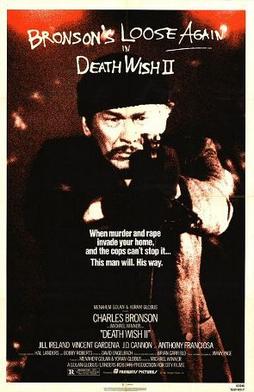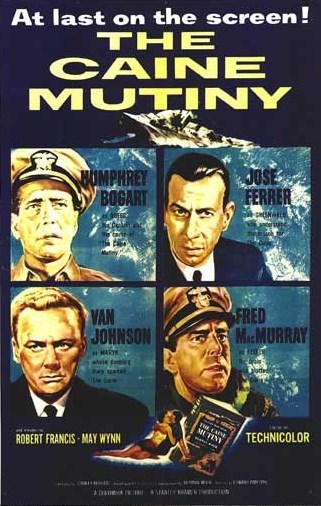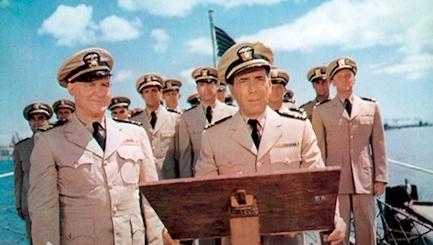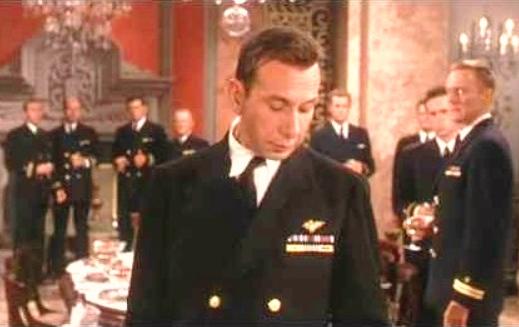Welcome to Retro Television Reviews, a feature where we review some of our favorite and least favorite shows of the past! On Tuesdays, I will be reviewing the original Fantasy Island, which ran on ABC from 1977 to 1986. The entire show is currently streaming on Tubi!
This week, Mr. Roarke proves himself to be the expert at granting fantasies and teaching lessons. One group of visitors deals with international diplomacy. The other group deals with taking care of children. It’s time for …. FANTASY ISLAND!
Episode 1.12 “King For A Day/Instant Family”
(Directed by George McGowan, originally aired on May 6th, 1978)
There are a lot fantasies in this episode.
For instance, Ernie Miller (David Doyle) is a plumber who wants to be treated like a king. When he arrives on Fantasy Island, he is informed that he is now the King of Carpathia and that he is married to Queen Auroroa (Diane Baker). What Ernie doesn’t realize is that there actually is a country called Carpathia and that he just happens to look exactly like the nation’s recently deceased king. It turns out that Aurora is not just an actress hired to pretend to be the Queen. Instead, she actually is the Queen! Aurora had a fantasy of her own. She wanted the king to come back to life so that he could prevent the country by being taken over by the sinister Ambassador Soro (Theodore Bikel).
Roarke combines their two fantasies into one. Ernie gets to become king, on the condition that he abandon his former life and identity. (That’s something that Ernie has no problem with and, quite frankly, actor David Doyle wasn’t exactly the most convincing plumber that I’ve ever seen. Some actors were just meant to play men who wore suits to the office and David Doyle was one of them.) Aurora gets her husband back, except of course it’s not actually her husband. It’s just someone who looks like him. But Aurora is cool with that. This is kind of a weird fantasy. One has to wonder what would have happened in Ambassador Soro had announced that his fantasy was to conquer Carpathia. WHAT THEN, MR. ROARKE!?
As for the other fantasy, it involves a woman named Gail Grayson (Melinda Naud), whose fantasy is to get a job working for the world’s number one expert on how to raise children. Gail, it turns out, has written a thesis about how housewives are unnecessary and how being a mother isn’t as difficult as everyone says. (It’s hard for me to imagine any woman actually writing something like that but whatever. We’ll just go with it.) Gail gets to put her thesis to the test when she discovers that she’s been hired to act as a babysitter! It turns out that the world’s number one expert on raising children has several unruly children of his own.
Accompanying Gail is her mother, Mildred Grayson (Jane Wyatt). It turns out that Mildred didn’t appreciate Gail’s thesis (and really, who can blame her?) and her fantasy is for Gail to discover firsthand just how difficult it is to take care of a house and several bratty children. Again, Mr. Roarke decided to combine everyone’s fantasies. Gail gets to work for her mentor and Jane gets to watch as Gail is humiliated by the children. Eventually, Mildred comes to feel guilty about wishing so much trouble on her own daughter but everything work out in the end. Gail gets her dream job and Mildred gets to say, “I told you so.”
Yay! Everything works out for everyone!
This is one of those episodes where you really have to wonder if Mr. Roarke actually had a plan or if he was just making it all up as he was going along. If Ernie hadn’t agreed to become the king in real life, Carpathia would have been conquered by the communists. If Gail hadn’t realized her thesis was wrong, one of the children could have died on the island. Sometimes, I just think that there are better ways to teach people a lesson than taking them to a mystical island that is ruled in a somewhat arbitrary manner by a friendly but occasionally condescending host. That said, I would totally go to Fantasy Island if it did exist. I imagine the same was true of the majority of the people who watched the show when it first aired.
After all, who doesn’t have a fantasy or two?


 To quote John McClane, “How can the same shit happen to the same guy twice?”
To quote John McClane, “How can the same shit happen to the same guy twice?”



